Pyridine derivatives
The important pyridine derivatives include niacin, nicotinamide, isonicotinoylhydrazine, nicotine, strychnine, and vitamin B6.
Vitamin B6 is a class of tetrasubstituted pyridine derivatives with coenzyme function, used clinically for the treatment of vomiting of pregnancy, radioactive vomiting, isoniazid poisoning, seborrheic dermatitis and pellagra, etc.
Pyridine is a kind of colorless or slightly yellow liquid with an alkalescence and special odor, naturally present in coal tar, shale oil, coal gas and petroleum. Miscible with water, alcohols, ethers, petroleum ether, oils, benzene, chloroform and most of other organic solvents, pyridine is an important chemical raw materials and solvents.
Similar to benzene with the same electronic structure pyridine has an almost hexagonal structure. The electron density of 2, 4, 6 sites is lower than that of 3, 5 sites due to the electronic absorption of nitrogen atoms in the ring. Therefore, in an acidic medium, electrophilic substitution reactions occur in the 3,5 positions and nucleophilic reactions such as amination, alkylation, arylation, acylation occur on the 2,4,6 position. Pyridine is a weak tertiary amine that can generate water-insoluble salts with various acids such as picric acid and perchloric acid in an ethanol solution; and pyridine hydrochloride ( C5H5N • HCl) can be generated by hydrochloric acid with pyridine due to its alkalescence. Piperidine can be generated from the hydrogenation of pyridine under the catalysis of nickel at 200 ℃ and 15 ~ 30MPa, or from the electrolysis reduction. It's relatively easier to be reduced but more difficult to be oxidized than benzene. But it can be oxidized by hydrogen peroxide or peroxy acids to form pyridine N-oxide, which is an important pyridine derivative. Pyridine N-oxide can’t form a positively charged pyridinium cation after the oxidation of nitrogen atoms, which is therefore in favor of electrophilic substitution reaction of aryl group. Electrophilic substitution reactions of pyridine such as pyridine nitration, sulfonation and halogenation are difficult. But 3,5-dichloro-pyridine, or 3,4.5- trichloro pyridine can be obtained at more than 200 ℃ through halogenation which is slightly easier than the former two. Pyridine can form crystalline coordination compounds with various metal ions.
- Structure:

- Chemical Name:Furo[2,3-c]pyridine-2-carboxaldehyde (9CI)
- CAS:112372-06-2
- MF:C8H5NO2
- Structure:

- Chemical Name:Pyridine, 3-(chloromethyl)-5-methyl- (9CI)
- CAS:158876-83-6
- MF:C7H8ClN
- Structure:

- Chemical Name:3-(ChloroMethyl)-2-Methylpyridine
- CAS:120277-68-1
- MF:C7H8ClN
- Structure:
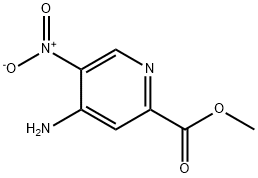
- Chemical Name:Methyl 4-amino-5-nitro-2-pyridinecarboxylate
- CAS:850544-21-7
- MF:C7H7N3O4
- Structure:

- Chemical Name:3-Pyridinemethanamine,alpha-cyclopropyl-(9CI)
- CAS:535925-69-0
- MF:C9H12N2
- Structure:

- Chemical Name:4-DI-2-ASP
- CAS:105802-46-8
- MF:C18H23IN2
- Structure:
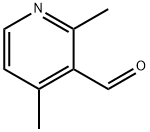
- Chemical Name:3-Pyridinecarboxaldehyde,2,4-dimethyl-(9CI)
- CAS:168072-32-0
- MF:C8H9NO
- Structure:
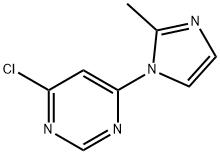
- Chemical Name:4-Chloro-6-(2-methyl-1H-imidazol-1-yl)pyrimidine
- CAS:941294-31-1
- MF:C8H7ClN4
- Structure:
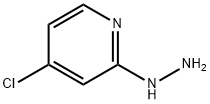
- Chemical Name:2(1H)-Pyridinone,4-chloro-,hydrazone(9CI)
- CAS:364757-36-8
- MF:C5H6ClN3
- Structure:
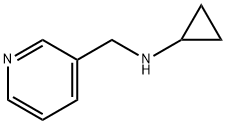
- Chemical Name:3-Pyridinemethanamine,N-cyclopropyl-(9CI)
- CAS:183609-18-9
- MF:C9H12N2
- Structure:

- Chemical Name:3-AMINO-2,6-DICHLORO-4-CYANOPYRIDINE
- CAS:912772-88-4
- MF:C6H3Cl2N3
- Structure:
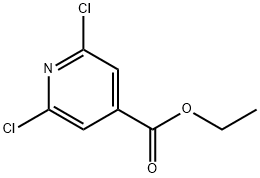
- Chemical Name:Ethyl 2,6-dichloroisonicotinate
- CAS:1604-14-4
- MF:C8H7Cl2NO2
- Structure:
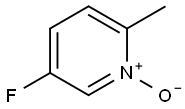
- Chemical Name:Pyridine, 5-fluoro-2-methyl-, 1-oxide (9CI)
- CAS:45673-79-8
- MF:C6H6FNO
- Structure:

- Chemical Name:PYRIDINE-2,4-DICARBOXYLIC ACID MONOHYDRATE
- CAS:207671-42-9
- MF:C7H7NO5
- Structure:

- Chemical Name:(R)-3-AMINO-4-(3-PYRIDYL)-BUTYRIC ACID-2HCL
- CAS:269396-64-7
- MF:C9H12N2O2
- Structure:
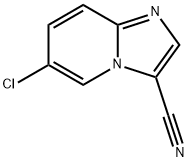
- Chemical Name:6-CHLORO-IMIDAZO[1,2-A]PYRIDINE-3-CARBONITRILE
- CAS:123531-24-8
- MF:C8H4ClN3
- Structure:
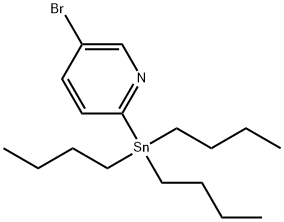
- Chemical Name:5-Bromo-2-(tributylstannyl)pyridine
- CAS:611168-46-8
- MF:C17H30BrNSn